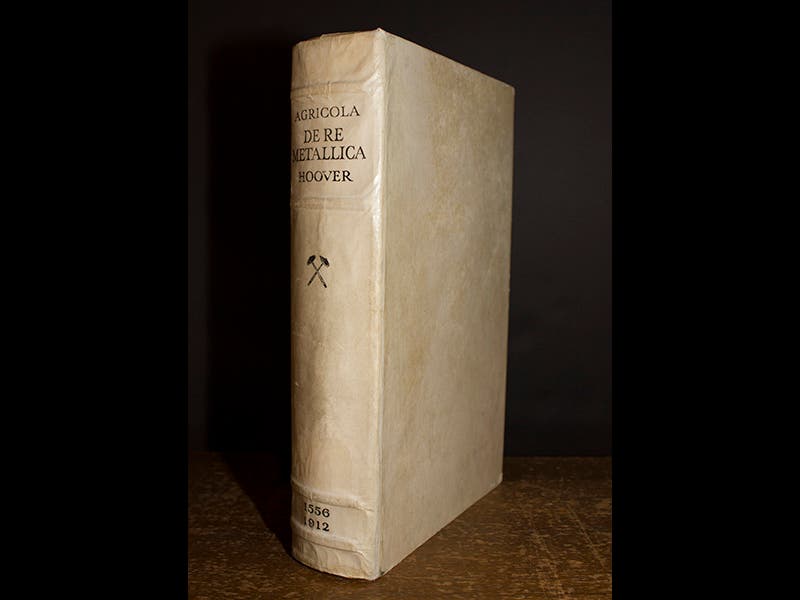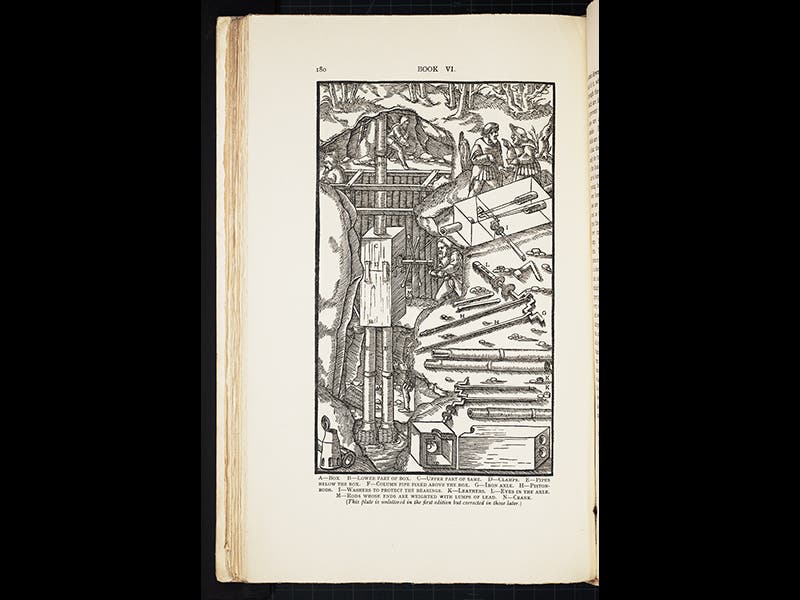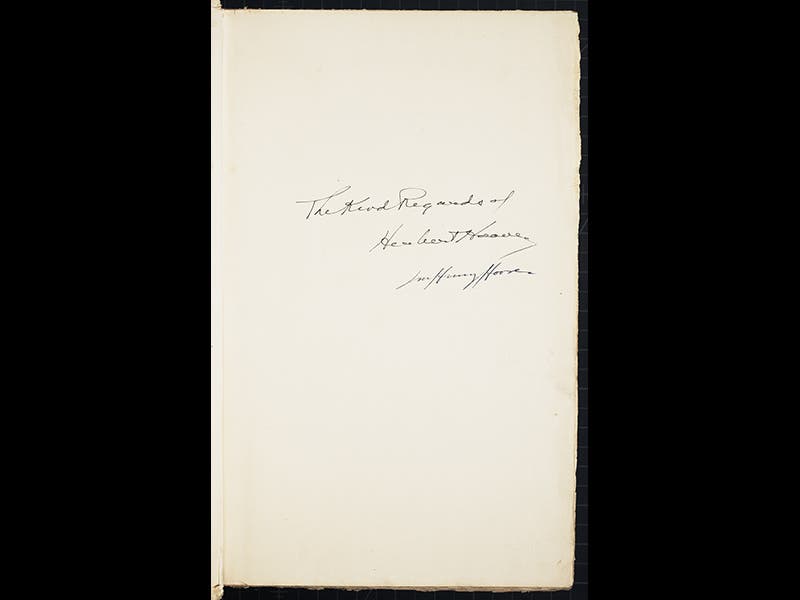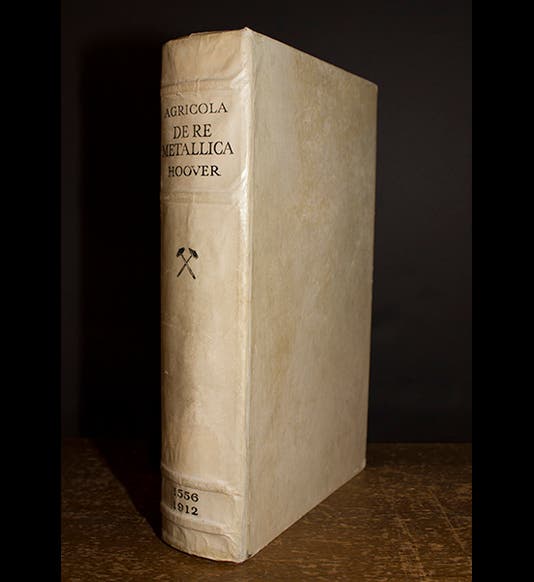Scientist of the Day - Lou Henry Hoover




Louise Henry Hoover, First Lady of the United States from 1929 to 1933, was born Mar. 29, 1874. Lou, as she called herself, was an Iowa girl who moved to California when still young. She was introduced to the great outdoors by her father, and she particularly liked collecting minerals. Her interest in geology took her to the recently founded Stanford University (opened 1891), and she graduated in 1898 with a degree in geology, the first woman in the United States to do so. While at Stanford, she met shy Herbert Hoover, also from Iowa and also a geologist; he graduated while she was still in school and went to work in Australia. Herbert proposed to Lou by mail; they married in 1899 and left the next day for Herbert's new job, in China. Lou quickly learned Chinese; in fact, she mastered a number of languages during several decades of travel with Herbert. Lou was also a strong proponent of increased professional opportunities for women, and she became a public voice for the Girl Scout movement, which began in 1912.
While in England in 1907, Lou and Bert (as she called Herbert) ran across a copy of De re metallica (1556) by Georg Agricola in a London bookshop, and they bought it. Herbert already had a modest collection of rare books on mining (he would eventually have a superb collection), and De re metallica, the first illustrated book on mining and metallurgy as well as one of the most attractive books on mining ever printed, was the perfect acquisition. The book was written in Latin; Herbert had some facility with the language, but Lou had quite a bit more, and they decided to translate the book into English. It was kind of a hobby, something to do in the evening, and they took 5 years to produce a translation. Herbert persuaded The Mining Magazine to publish their efforts, and it appeared in 1912 in a sumptuous edition, folio-sized, just like the original, and with reproductions of all the original woodcuts, and with a luxurious full vellum binding (first three images above).
The 1912 Agricola is not a particularly rare book--perhaps 3000 copies were printed--but given its association with a United States President, it is a highly desirable one; there are always copies on the market, but they bring a handsome price. For many years we had just one copy in the History of Science Collection, which was signed by both Lou and Bert (fourth image). We added three more copies of the Hoovers’ translation when we acquired the rare book collection of the Engineering Societies Library in 1995.
There are many photographs of Lou Henry Hoover as First Lady, but none are as appealing as the one above, taken in 1908, when she was a young mother of two and hard at work on the Agricola translation (fifth image).
Dr. William B. Ashworth, Jr., Consultant for the History of Science, Linda Hall Library and Associate Professor, Department of History, University of Missouri-Kansas City. Comments or corrections are welcome; please direct to ashworthw@umkc.edu.





![Using an astrolabe to measure the depth of a well, woodcut in Elucidatio fabricae vsusq[ue] astrolabii, by Johannes Stöffler, 1513 (Linda Hall Library)](https://assets-us-01.kc-usercontent.com:443/9dd25524-761a-000d-d79f-86a5086d4774/a998eb50-55d2-4a88-ace2-a50aa5fa86e7/Stoffler%201.jpg?w=210&h=210&auto=format&fit=crop)

